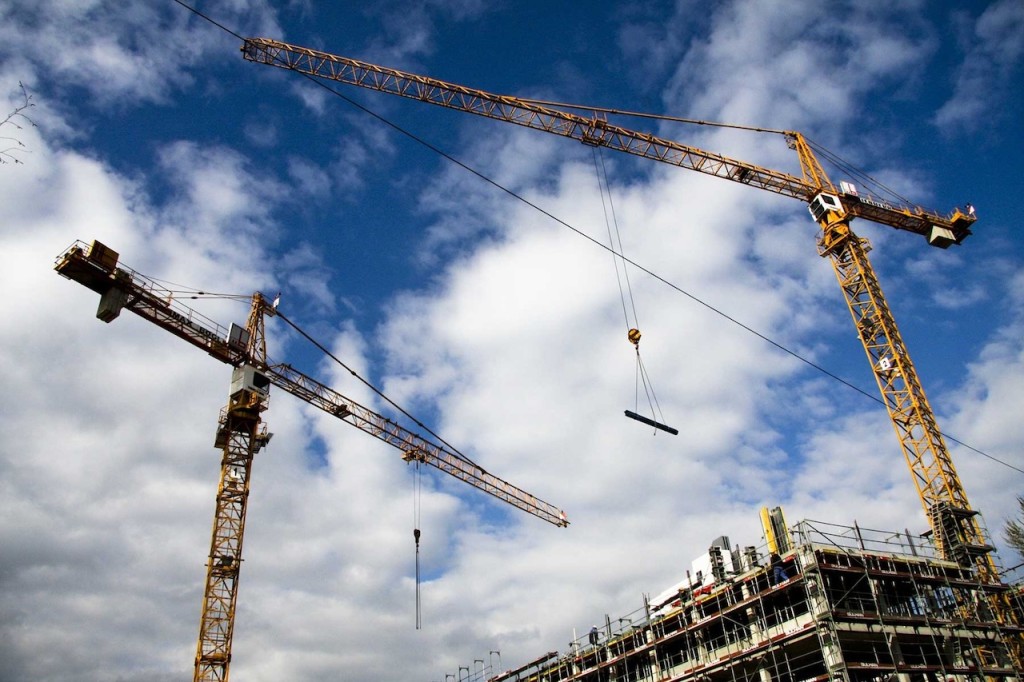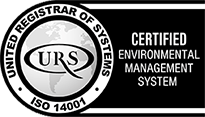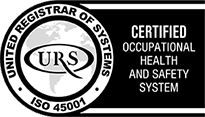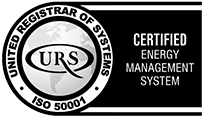This blog aims to inform you of the most important aspects of the NRMM legislation and how it can affect you.
What is the Non-Road Mobile Machinery legislation?
The NRMM legislation sets the emission standards for carbon monoxide, hydrocarbons, oxides of nitrogen and particulate matter for diesel engines. Engines don’t achieve “perfect” combustion, which results in an increase in emissions such as unburned Hydrocarbons, Nitrogen Oxides (NOx), Carbon Monoxide (CO), Carbon Dioxide (CO2) and Water (H2O). Also produced are un-burnt Carbon Particles, as well as engine oils, soot, ash particles and debris, described as Particulate Matter.
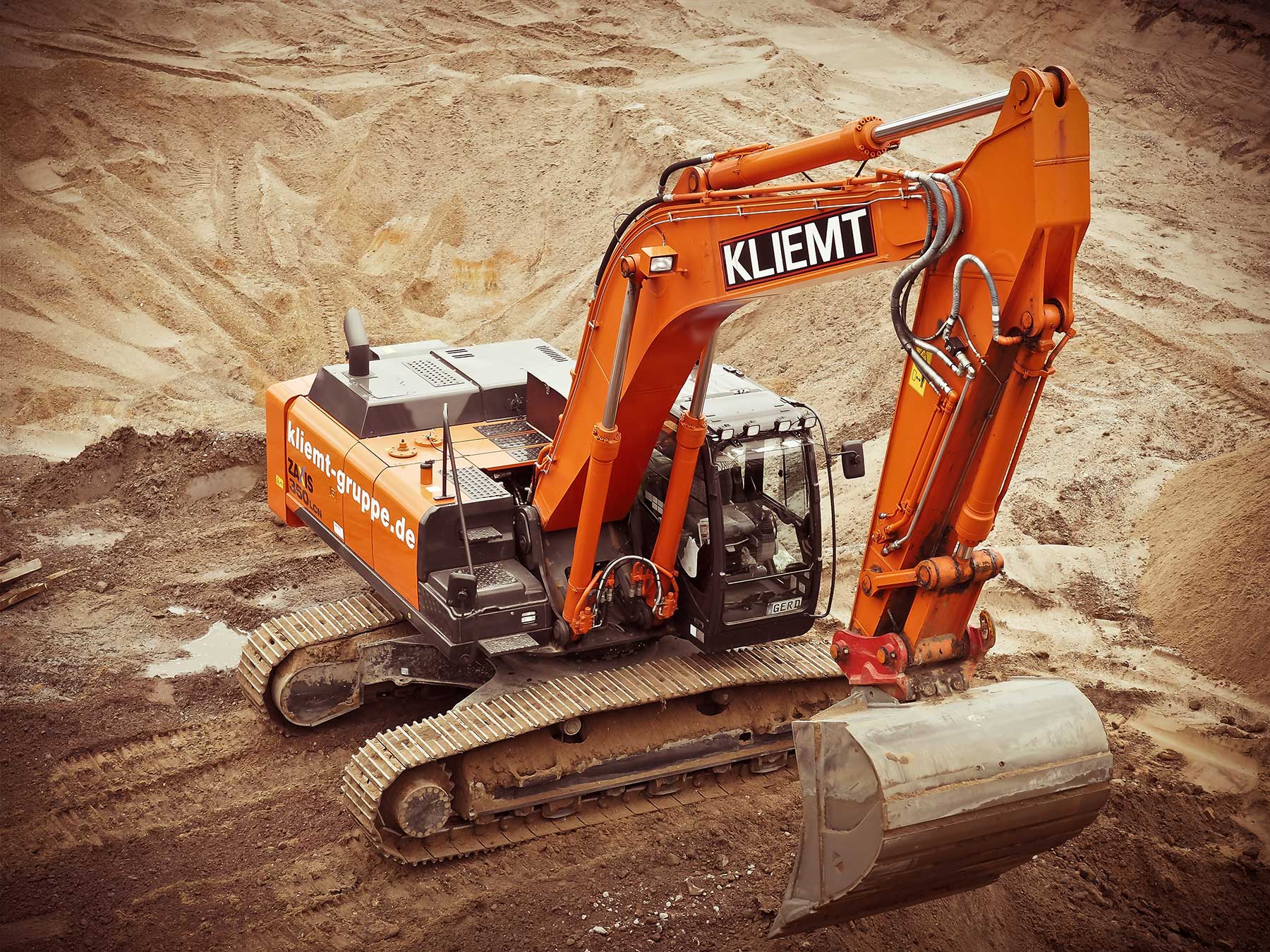
What’s classed as Non-Road Mobile Machinery?
Non-Road Mobile Machinery (NRMM) is defined as any mobile machine, item of transportable industrial equipment or vehicle that is not intended for carrying passengers or goods on the road and is installed with a combustion engine. This covers a spectrum of different machinery including; small gardening and handheld equipment, larger agricultural and farming machinery, locomotives, inland waterway vessels, construction machinery… and of course, generators.
Engines are split into categories for spark ignition (SI) and compression ignition (CI) – these are then separated further by engine power rating. These different categories are given limits for the engine’s ‘stage’, or its specified gaseous output. SI engines of up to 19kW net power are covered by NRMM, while variable-speed and fixed-speed CI engines are covered where their rated power is above 18kW.
When will this come into effect?
In the UK, the Non-Road Mobile Machinery NRMM regulation has been in effect since 1997, that has been amended eight times since then. These directives have allowed individual EU members to modify laws to achieve the intended outcomes, resulting in 28 national laws currently in effect.
The EU has adopted a series of seven directives over the past two decades, with the latest Stage V standards being adopted in 2016 and coming into effect in January 2019 & 2020.
What will the NRMM legislation mean for you?
The Stage V emissions standards will tighten restrictions and set stricter limits on emissions. This will likely require non-road engines above 18kW to be fitted with technologies including; Diesel Oxidation Catalysts (DOC), Diesel Particulate Filters (DPF), Exhaust Gas Recirculation (EGR) and Common-rail (CR) fuel injection.
- DOC – Most commonly used catalyst converter, containing palladium, platinum and aluminium oxide, which catalytically oxidise hydrocarbons and CO with oxygen to form CO2 and water.
- DPF – Designed to remove diesel particulate matter from the exhaust gas of a diesel engine.
- EGR – Recirculates a portion of an engine’s exhaust gas back to the engine cylinders, diluting the O2 in the incoming air stream to reduce peak in-cylinder temperatures and reduce NOx emissions.
- CR – is a high-pressure direct fuel injection system, resulting in a more complete and cleaner combustion.
Engines more powerful than 56kW will also require Selective Catalytic Reduction (SCR) modules. SCRs can be fitted to the exhaust of a generator to reduce NOx. In the SCR, a liquid-reductant agent is injected through a special catalyst into the exhaust stream, this sets off a chemical reaction that turns NOx into nitrogen, water and a small amount of CO2.

The illustration to the left shows the transition from EU Stage III to EU Stage V. Non-transition engines have to face a deadline of the start of 2019, while transition engine machines, in general, may be produced for 18 months from the respective Stage V placing on the market dates and may be placed on the market for a further 6 months.

It’s also worth mentioning the transition arrangements for 56kW to 130kW are delayed by a further year. To the right you can see the changes when moving from Stages I – IV to Stage V and the focus on larger kW machinery.
Pre-2016 regulation:

Post-2016 regulation:
MCPD – similar, but focused on generators.
The Medium Combustion Plant Directive (MCPD) will regulate emissions of SO2, NOx and dust being exhausted from medium combustion plants – any piece of equipment that burns fuel, with very few exceptions, and where the rated thermal input (gross fuel input) is between 1 and 50MW (this applies to each individual unit).
You can read more about how MCPD will affect how the UK generates power, from our blog post here.
